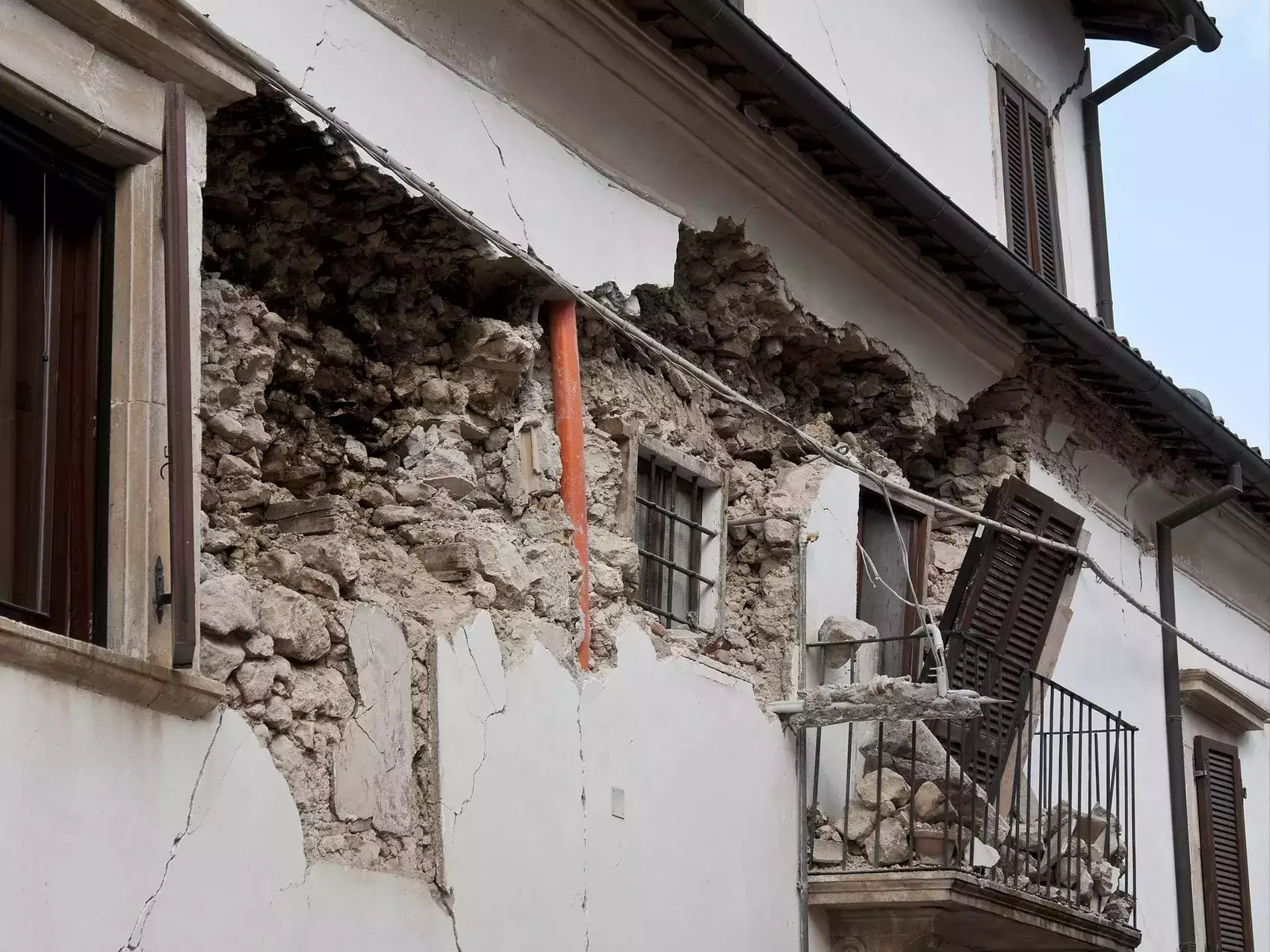“Study Reveals Prolonged Impact of Historic Earthquakes on Present-Day Seismic Activity in North America”
A recent study has uncovered a surprising connection between historic earthquakes and present-day seismic activity. The research indicates that minor earthquakes occurring today may actually be aftershocks from events that transpired over a century ago, shedding light on the Earth’s remarkable ability to hold a grudge.
The study focused on three significant earthquakes that struck parts of the US in 1663, 1811-1812, and 1886, with magnitudes ranging from 6.5 to 8. These earthquakes constituted the largest seismic events in recent history for stable North America.
The research team found that the aftershock sequence associated with the 1663 earthquakes has concluded. However, around 30% of earthquakes in the Missouri-Kentucky border region from 1980 to 2016 were likely aftershocks from the 1811-1812 earthquakes. Similarly, about 16% of present-day earthquakes in Charleston, South Carolina, were identified as probable aftershocks from the area’s 1886 earthquake.
The study suggests that a complex mix of aftershocks and background seismicity could be influencing current seismic activity in these regions. While aftershock sequences weaken over time, the continued accumulation of strain in regions with background seismicity could potentially lead to more significant, catastrophic earthquakes in the future. Therefore, monitoring fault movements, background seismic activity, and aftershocks becomes crucial for a thorough seismic risk assessment.
The results of this research have been published in JGR Solid Earth and can be accessed here. The study’s findings have important implications for understanding and mitigating seismic risks, as well as for hazard assessments in the future.

I have over 10 years of experience in the cryptocurrency industry and I have been on the list of the top authors on LinkedIn for the past 5 years.

